
Category:
Time:
Major food fraud incidents such as melamine, horse meat substitution for beef, and use of illegal food colorants have led to urgent responses by regulatory authorities and manufacturers to protect consumers and the integrity of supply chains. It is possible to define a finite number of drivers and vulnerabilities associated with fraud. Understanding such drivers can help identify systemic risks in the food chain and can help to target action to mitigate such risks. Early warning and rapid alert tools are now in use in both the private and public sectors to detect and to manage emerging issues including food fraud. Such approaches have been shown to assist greatly in early management of issues affording greater consumer protection.
New tools for the assessment of food-related risks are being developed constantly. Such tools include vulnerability assessment of food chains and rapid analytical screening technologies and that can rapidly assess risk of presence of undesirable agents.









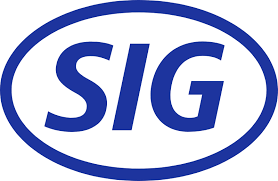





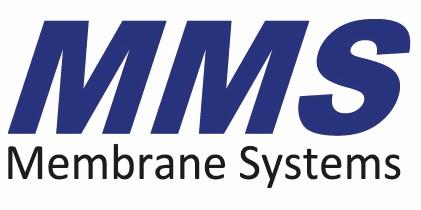


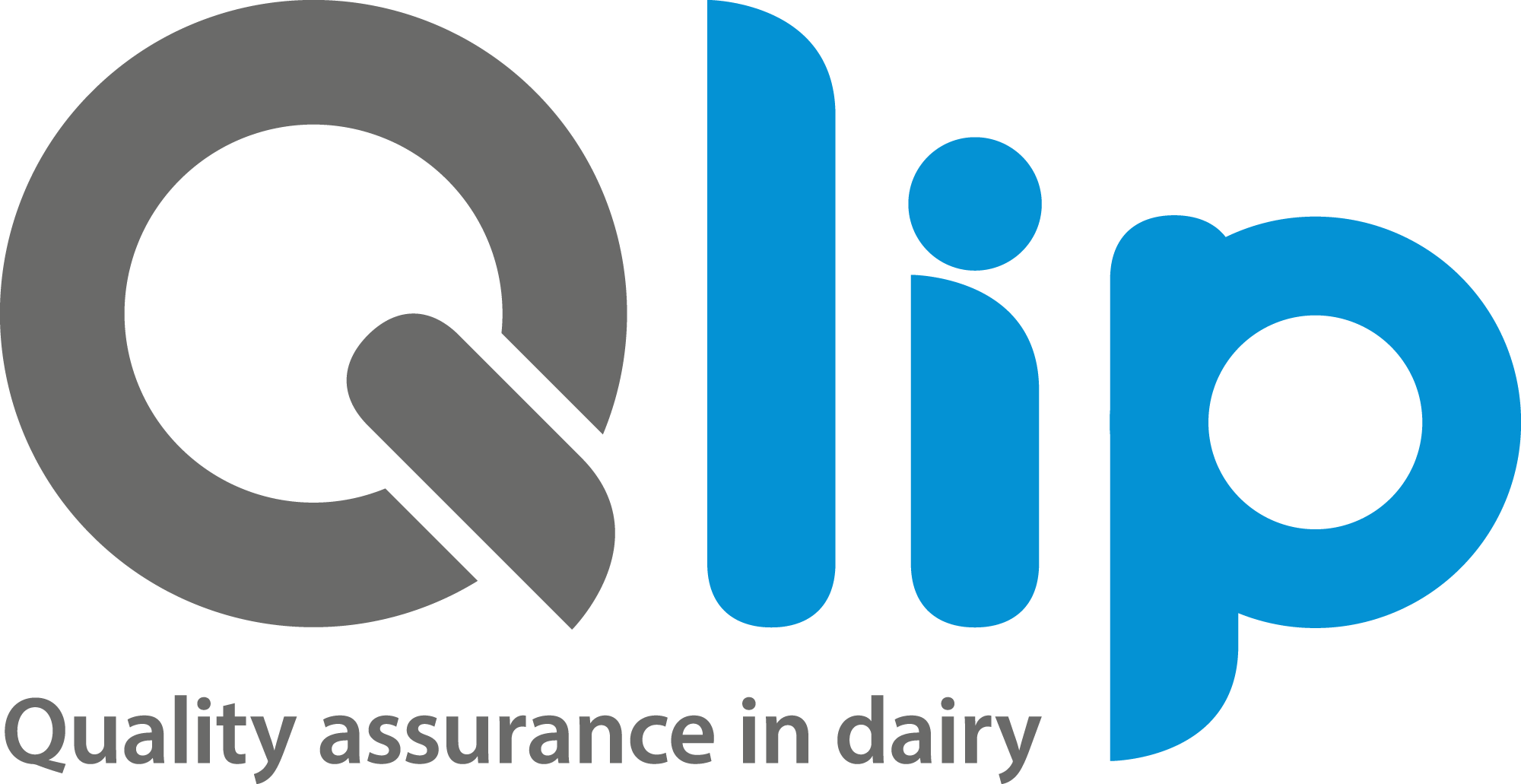











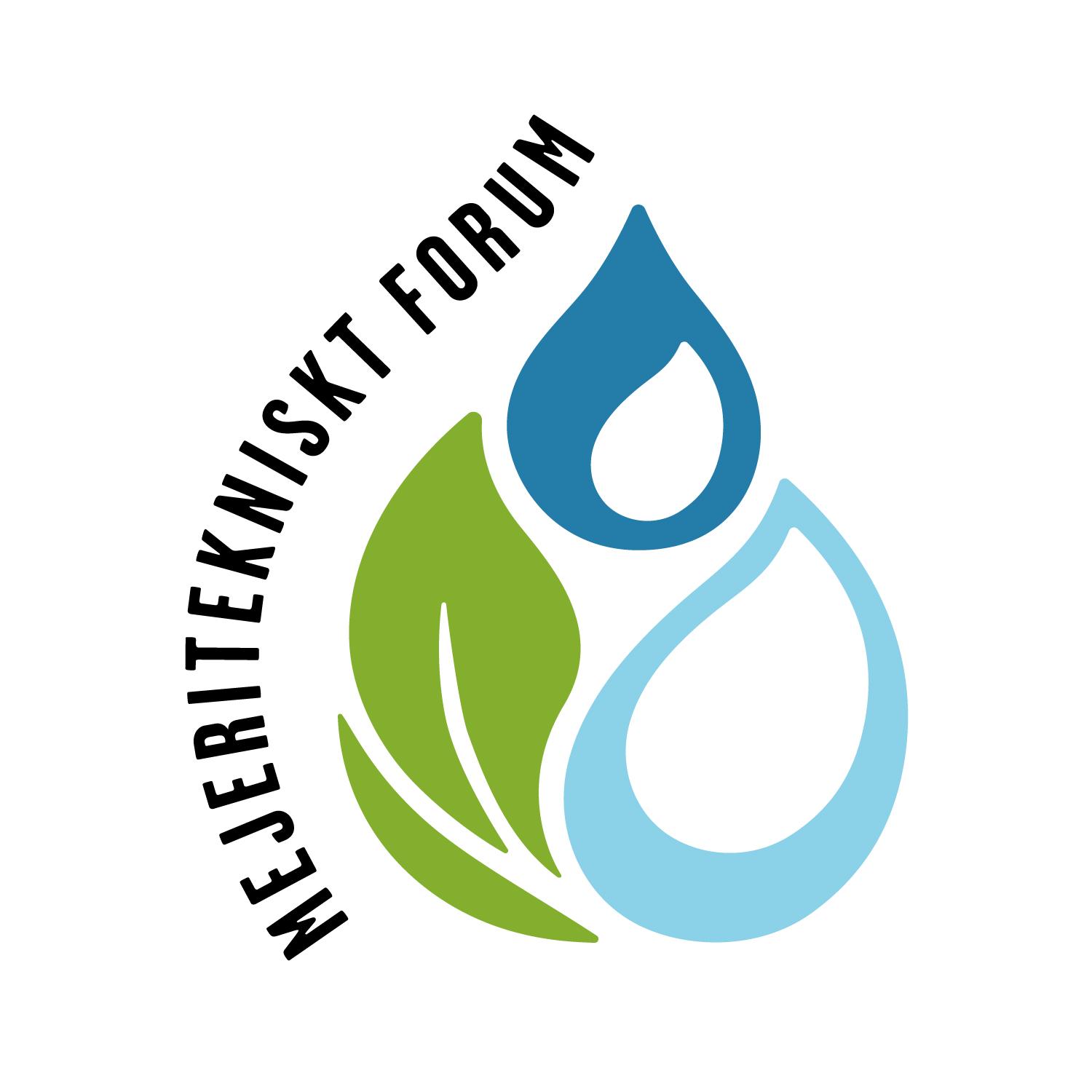

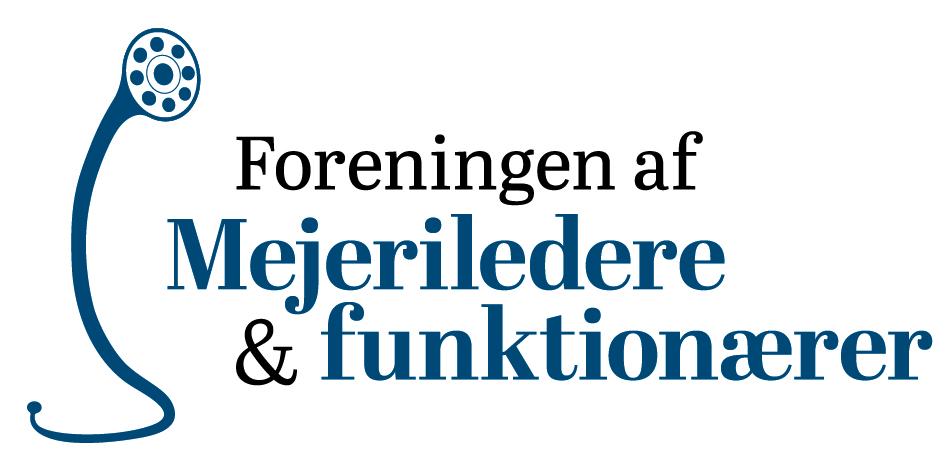









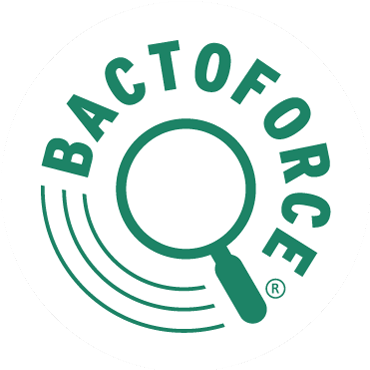

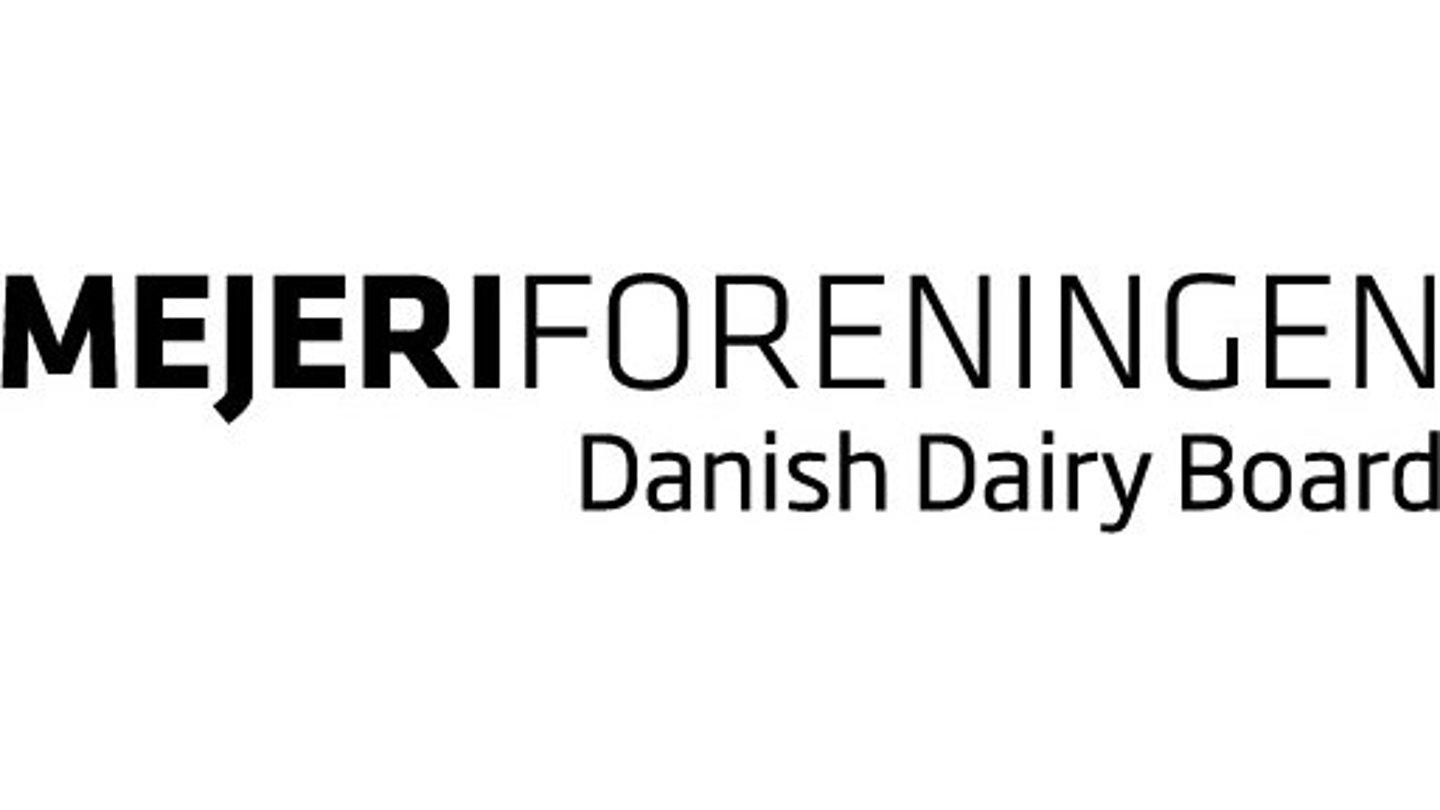
 Munkehatten 28
Munkehatten 28